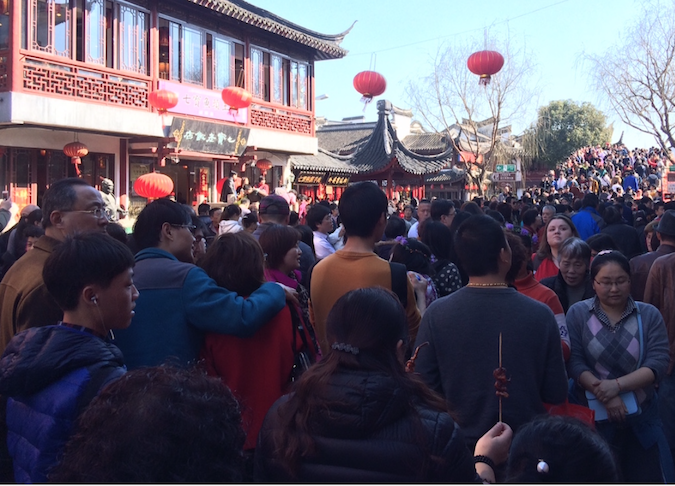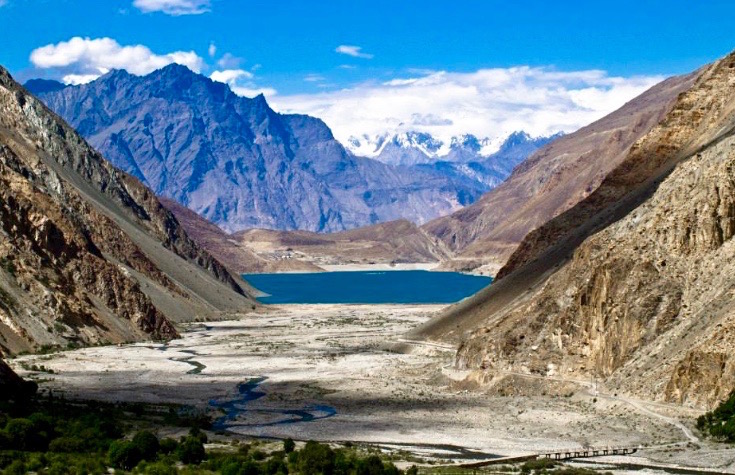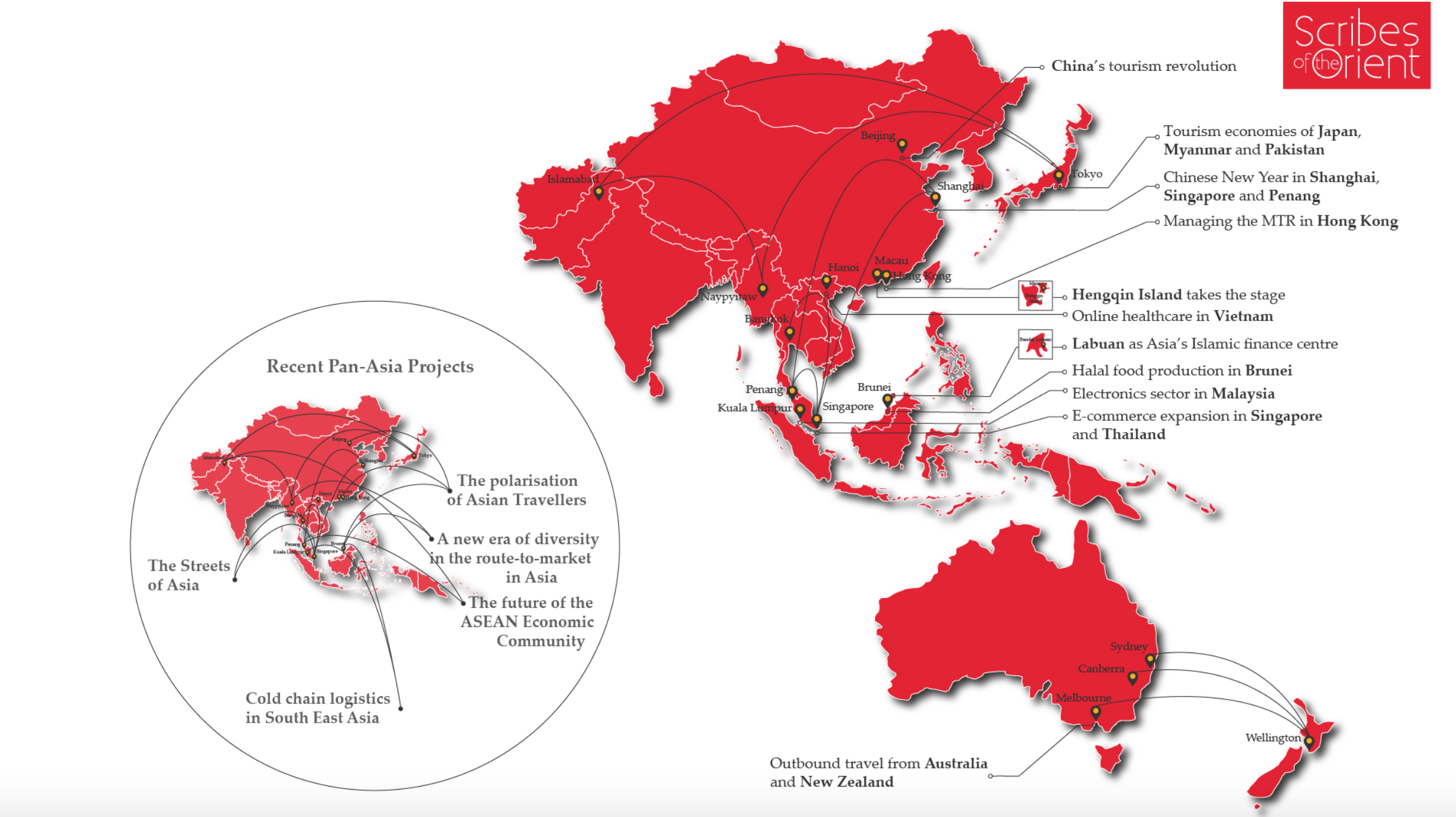As vacation demand gathers pace across Asia, overtourism is concerning policy makers from Beijing to Luang Prabang. In this updated article from 2016, our Check-in Asia Hotels & Travel team examines a white-hot travel issue.
What do the Three Gorges Dam on China’s Yangtze River, Italy’s scenic Cinque Terre villages and the Inca ruins of Machu Picchu in Peru share in common? All three have posited restrictive access policies to manage overtourism during peak travel periods.
The limiting of visitors at the Three Gorges Dam to 30,000 daily during the 2016 Spring Festival highlighted a critical issue: too many tourists are travelling to leading cities, islands and sites of natural splendour. As destinations worldwide clamour to attract more Chinese tourists, China’s own policy makers are grappling with tourism dispersal.
More Flights, More Travellers, More Congestion Points
Tourism dispersal – the management of visitor flows to reduce overcrowding in popular locations – is a white-hot subject in Asia. Demand for leisure travel is thriving, and large airport expansions from Beijing to Yangon to Singapore presage sustained growth of regional arrivals. Tourism is, after all, a pillar economic sector generating not just revenues, but jobs, investment and global profile.
Expanded flight networks are the catalytic factor. As more tourists travel more frequently, Asia Pacific carriers recorded a passenger demand increase of 6.6% in 2016. This follows an 8.2% rise in 2015. Meanwhile, myriad destinations are pitching Chinese airlines to launch direct flights. And the inexorable rise of low-cost carriers is boosting arrivals across the region.
“Many airports are already operating at capacity, and it is only going to get worse,” notes the Boston Consulting Group in The Connected Airport: The Time Is Now. “Between 2015 and 2034, air traffic will grow at a projected 4.6% annually, even faster in Asia, Africa, and the Middle East. These experiences will create delays and degrade the customer experience.”
To read the full article, please click here






Leave A Comment